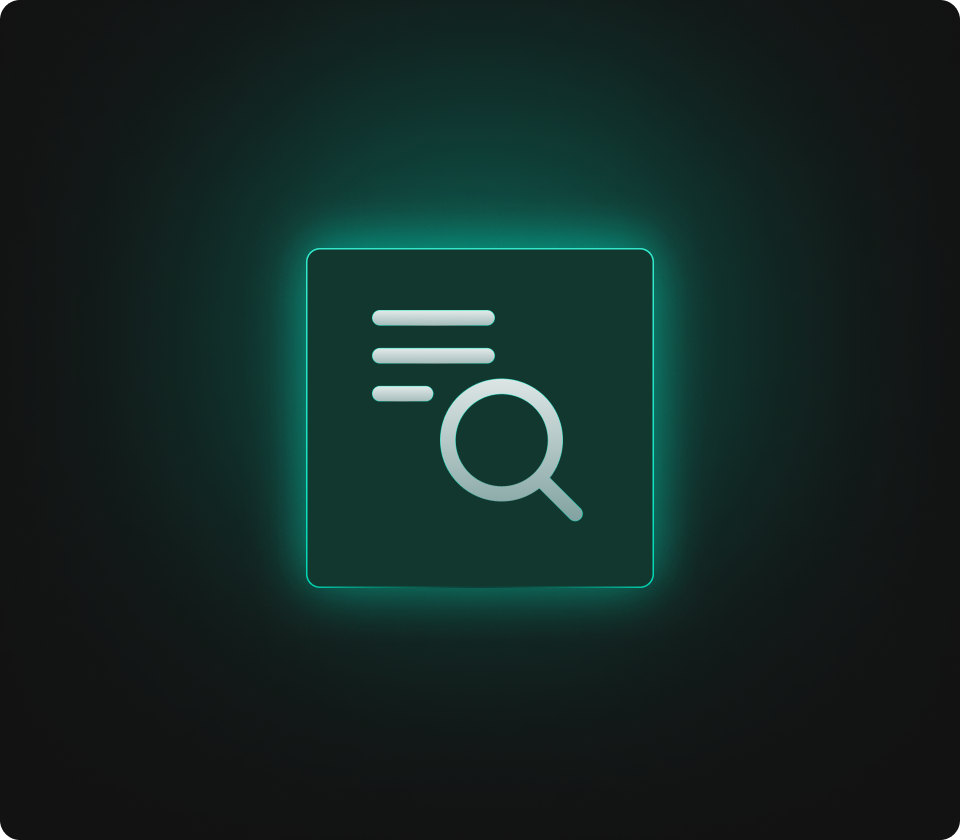How does Flowlity integrate with SAP or other ERPs (Odoo, Microsoft Dynamics, Sage, etc.)?

Flowlity's integration with your existing information system is designed to be simple and fast.
Flowlity is ERP-agnostic, which means it can connect to any type of ERP or database, whether SAP, Odoo, Microsoft Dynamics 365 (AX/NAV), Sage, or even more specific systems.
Several integration modes are possible depending on your preferences and technical capabilities:
- Connectors and APIs: Flowlity has secure RESTful APIs that allow you to send and receive data. If your ERP can call web services or if you use an integration platform (middleware type), it is possible to synchronize data (orders, stocks, item references, etc.) via these APIs. For example, you can call the Flowlity API to push daily sales history, and in return retrieve replenishment suggestions to integrate into the ERP. This mechanism is robust and real-time.
- Flat files / Secure FTP: For contexts where you prefer to exchange via files, Flowlity supports the automated import/export of CSV or XML files. You can schedule file deposits (via secure SFTP) containing the necessary data, which Flowlity will ingest at a defined frequency (daily, hourly, etc.). Similarly, Flowlity can generate output files (for example, the list of orders to be placed) that your ERP will consume. This method, although less modern than the API, is often quick to implement because it does not require complex development on the ERP.
- Native connectors: For some common ERPs, Flowlity offers pre-developed connectors or ready-to-use scripts. For example, with SAP, we have standard extractors (via IDoc or queries on tables) to retrieve needs and stocks. This reduces integration time since many standard fields are already mapped. In terms of data exchanged, Flowlity generally requires as input: sales or consumption history, stock data, the item repository (with supplier lead times, MOQ, etc.), possibly customer orders in backlog and current supplier orders. And as output, Flowlity returns: demand forecasts, supply proposals (quantities per item/supplier/date), target stock levels (recommended safety stock, etc.), as well as indicators (stock coverage, alerts). The exchange can be adjusted according to your use cases.
The important thing to remember is that the integration effort is minimized with Flowlity.
Many of our customers are operational very quickly because we reuse their existing extractions or standard connectors.
Flowlity supports your IT department during this phase and provides complete documentation of its APIs and formats. Furthermore, Flowlity's platform is highly available and designed to handle large volumes of data, ensuring that even file-based integrations of several thousand lines run smoothly.
Finally, from an ERP perspective, Flowlity is non-intrusive: it acts as an overlay without requiring any major changes to your ERP processes. For example, if you use SAP, you can continue to create your purchase orders in SAP, simply because they will have been calculated by Flowlity upstream.
This smooth integration philosophy facilitates acceptance by the IT department.
During the pre-project phases, our technical experts will be able to assess with your team the best integration strategy for your environment to ensure a smooth transition.
.svg)


